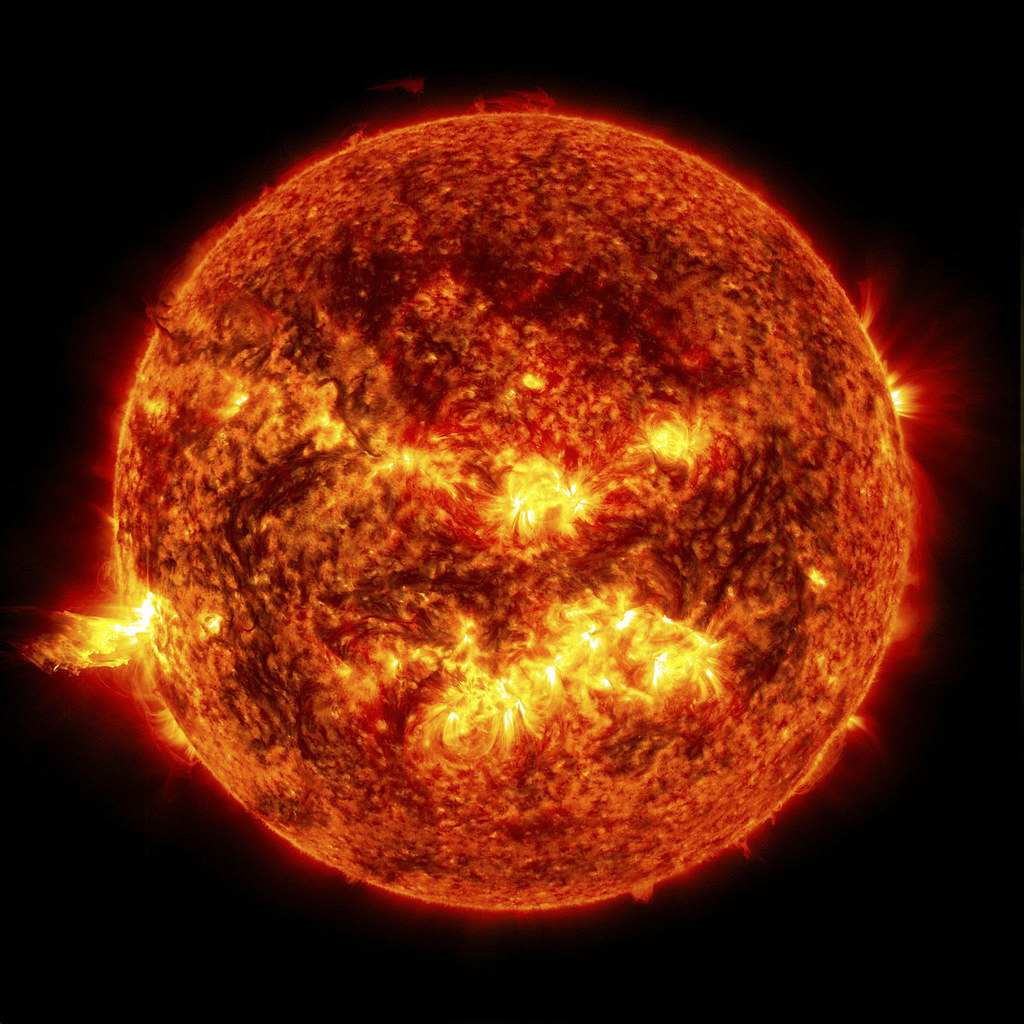People have been staring up at the boundless sky with wonder and amazement at the heavenly bodies that grace our view ever since the start of civilization. Of all these heavenly treasures, none are more notable than our sun, whose radiance fills the globe with warmth and light, and the moon, a captivating partner that casts a soft glow across the night sky. However, have you ever wondered about the fascinating question: do these fascinating stars have names that correspond with their heavenly grandeur?
The Sun: More Than Just a Star
We frequently refer to our sun, the majestic shining disk that gives life on Earth its energy and illumination, as just “the Sun.” But it goes by a different name in the scientific community and among different cultures: Sol. This name, which comes from the Latin word for sun, is a symbol of our abiding love and admiration for the heavenly body that has fascinated people for ages. Solar flares and coronal mass ejections, as well as the Sun’s scorching surface, never cease to amaze us with their tremendous power and impact on our world. Its gravitational pull keeps the planets in our solar system orbiting, and its warmth and light are what enable life as we know it. In fact, the Sun is a luminous representation of life, energy, and the interdependence of all living things in the wide cosmos.
Originating from the Latin name for the Sun, Sol plays an important role in science fiction and astronomy. This name helps to set our star apart from the many others that can be found throughout the vastness of the cosmos. The name ‘Solar’ System, which refers to our sun and the planets that orbit it, is noteworthy since it comes from an old Latin term. Beyond its heavenly presence, Sol has a significant impact that shapes our perception of the universe and motivates innumerable space explorations.
Because of this classification, the Sun—our very own G-type main-sequence star—is colloquially known as a yellow dwarf. It’s interesting to note, though, that despite being called yellow, the light that the Sun emits is really viewed as white because of its high temperature and the way that sunlight is scattered by the Earth’s atmosphere. This intriguing phenomena highlights the complex interaction between perception and physics in the cosmic domain, adding to the allure of our heavenly companion. The Sun, which provides heat, light, and energy for life on Earth, is nevertheless a source of amazing surprise and scientific inquiry, serving as a constant reminder of the vast strength and magnificence of the cosmos we live in.
The Moon: Our Nighttime Companion
Known as “Luna” in Latin, the moon is our only natural satellite and has fascinated humans since prehistoric times. Its ethereal brilliance and celestial presence have influenced numerous tales, folklore, and artistic creations. The moon never fails to capture our imagination with its gentle phases that denote the passage of time and its gravitational pull on Earth, piqued our curiosity about the mysteries of the cosmos. The word “lunar” has come to refer to everything associated with this mysterious entity in space. Take a moment to appreciate the beauty and mystery of our lunar friend the next time you look up at the night sky.
Greek mythology personifies the moon as the goddess Selene. Selene, who is well-known for her ethereal beauty and captivating presence, casts a soft glow across the night sky. Even if the more popular name Luna occasionally eclipses her, the name Selene has rich cultural meaning and lends a sense of mystery to the celestial world.
But just as “Terra” isn’t quite accurate for Earth, neither are “Sol” and “Luna” the sun and moon’s official names. With origins in both ancient mythology and language, their names are more akin to poetic adjectives meant to set them apart from other stars and moons in the wide cosmos. They give us a means of appreciating and establishing a connection with the heavenly bodies that have captivated and motivated people for ages.
It is typically considered appropriate to refer to the sun and moon by their Latin names, Sol and Luna, unless a naming system is created that is accepted by all. These heavenly bodies have been identified for centuries using these old Latin names, which lends a historical touch to our comprehension of the universe.
So remember the sun and moon’s immense significance the next time you look up at the wide expanse of the sky. For many thousands of years, these celestial bodies have enthralled and directed humanity with their dazzling presence and alluring charm. In addition to providing warmth and light, the sun, usually referred to as Sol, is a representation of life and energy. The growth of plants, the ebb and flow of seasons, and the rhythm of our everyday lives are all fueled by its fierce force. However, the moon, often referred to as Luna, mesmerizes us with its enigmatic phases and soft brightness. It has long been used as a celestial clock, lighting up the night sky and providing inspiration for innumerable romantic and fantastical stories. Sol and Luna, when combined, represent a unique synthesis of scientific knowledge and cultural beliefs, serving as a constant reminder of the close relationship that exists between the universe and human existence. Thus, anytime you look up at the sky, allow the rich tapestry of Sol and Luna’s tale to come to life before you, beckoning you to explore the fields of cosmic adventure and age-old wisdom.
Sources
![]()
